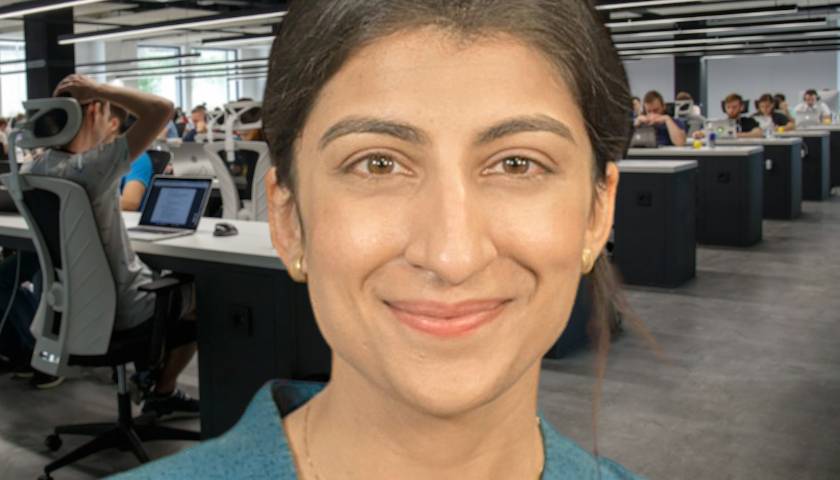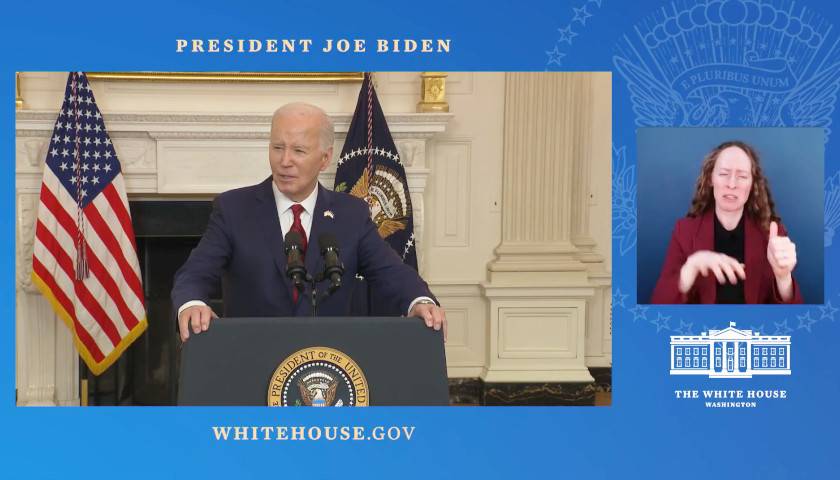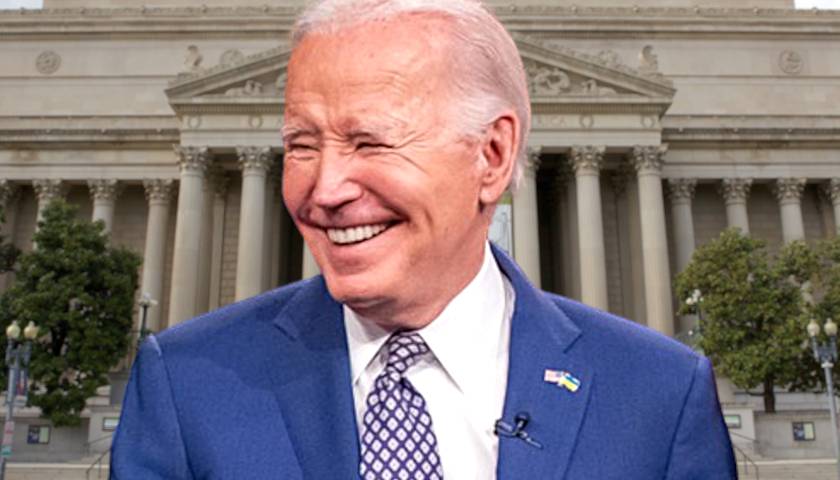by John Mac Ghlionn
At least 408,000 students without legal documentation to be in the country enrolled in U.S. colleges and universities, yet another system impacted by the surge in illegal immigration, according to a new study.
The new report by the American Immigration Council and the Presidents’ Alliance on Higher Education, found that undocumented migrants now account for nearly 2 percent of the higher education population.
The vast majority, the authors noted, arrived in the U.S. in their formative years, either as children or teenagers and most often through former President Barack Obama’s Deferred Action for Childhood Arrivals, or DACA, program that blocked deportation of certain foreign youth.
These students, often referred to as “Dreamers,” have grown up in “American neighborhoods and attended American schools,” and now they are attending U.S. colleges, often on the American taxpayers’ dime. Recent data shows that taxpayers pay $182 billion each year to provide services and benefits to illegals and their dependents.
The current total of illegal alien college students actually represents a slight decrease from 2019, when 427,000 undocumented students were enrolled in U.S. colleges and universities.
“The drop,” according to the report, “likely reflects overall enrollment decline due to the pandemic and economic pressures, as well as factors that specifically impact undocumented individuals, such as the continued legal challenges to DACA.”
The authors noted the number of young people with DACA protection or who are DACA-eligible is on the decline, “from 182,000 in 2019 to 141,000 in 2021.”
One of the primary reasons for this involves “the program’s lack of updates to include individuals who arrived in the U.S. after 2007, which is the specified eligibility date.” For example, if someone arrived in the U.S. at the age of 3 in 2008, they would now be of prime college age yet ineligible for DACA.
Undocumented students “represent a heterogeneous population in higher education, reflecting the broad range and overall diversity of first-generation immigrants in the United States.”
For example, nearly half (46 percent) of undocumented students are Hispanic; more than 1 in 4 (27 percent) are AAPI (Asian American Pacific Islander); and close to 14 percent are black. Meanwhile, 10 percent of undocumented students are white.
The report noted that “undocumented students in higher education are concentrated in a small number of states.” In fact, 75 percent of undocumented students reside in 12 states. The vast majority of this 75 percent hail from just four states: California, Texas, Florida and New York.
The study also gives significant detail on which colleges and universities are the biggest draw for illegal aliens: more than 77 percent are enrolled in “public two- and four-year colleges and universities, with a significant proportion of these students attending community colleges,” it said.
Less than one in four (23 percent) of these students are attending private colleges and universities. As for DACA-eligible students, more than 4 in 5 (80.8 percent) attend public institutions, while close to 1 in 5 (19.2 percent) of them are attending private institutions. Although the percentage of both undocumented and DACA-eligible students attending public institutions slightly decreased between 2019 and 2021, the number of those attending private institutions actually increased.
Finally, although most undocumented students are actively pursuing undergraduate degrees, the report shows that “a significant portion” are completing Masters and Ph.D. programs.
To be specific, “14.2 percent of all undocumented students were pursuing graduate or professional degrees in 2021, a 3.9 percentage point increase from 2019, when 10.3 percent were.” Moreover, close to 1 in 5 (19.3 percent) of “DACA-eligible students were pursuing graduate or professional degrees, a 6.5 percentage point increase since 2019.”
Through his foundation, Obama recently celebrated the 10th anniversary of DACA with a roundtable of students who benefitted and urged the current administration to give such aliens – many now adults – permanent lawful status.
“I hope all of you continue to be advocates in whatever your professional lives are,” Obama said last month. “I think that it is going to be a long road for us – and so the more voices like yours are out there, the better chance we have of changing people’s attitudes. Part of the reason why we feel like it’s important on this 10th anniversary to highlight it, is because it’s not done.”
“Having seen the remarkable things that this group of DACA kids have done with their lives, what an asset they are to this country, I hope it inspires us to redouble our efforts to permanently resolve their status,” he said.
Some Republicans, however, are pressing in a different direction. Florida Gov, Ron DeSantis, a 2024 presidential candidate, earlier this year proposed eliminating in-state college tuition for undocumented students and beneficiaries of DACA, saying it isn’t fair for taxpayers to subsidize college degrees for those illegally in the country.
But the Florida legislature did not act on the proposal during the 2023 session, delaying it for at least a year. Arizona voters last November approved in-state tuition for Dreamers.
– – –
John Mac Ghlionn is a reporter at Just the News.
Photo “College Students” by Charlotte May.






